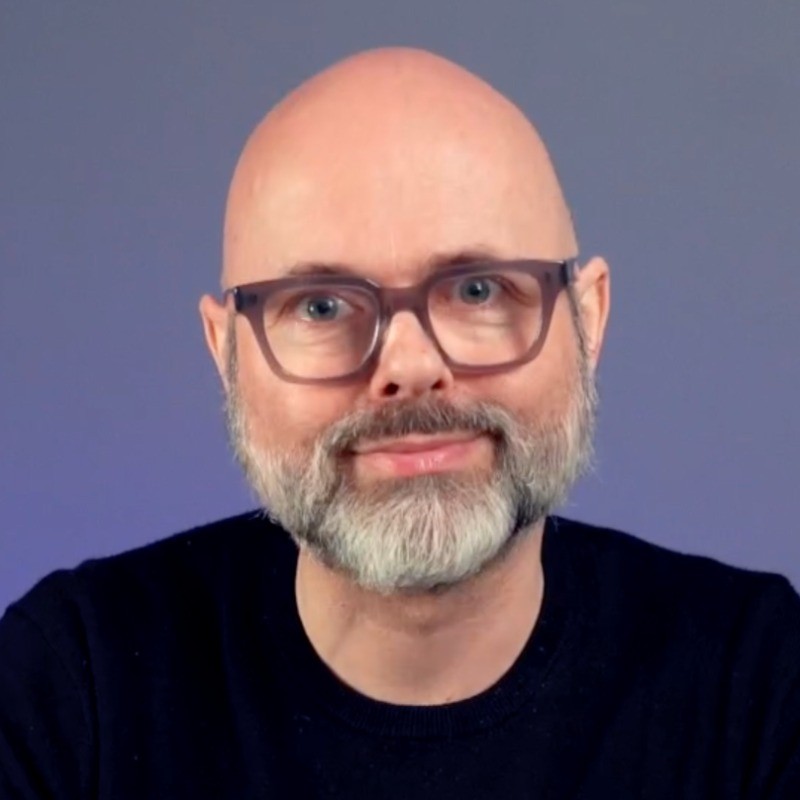Let’s do some time travelling together. We’re going to rewind to the first day of your career. Do you remember how bad you were? Do you remember the suffocating embarassment of not knowing anything, having few skills, and having to quietly ask where the bathrooms are?
If you’re anything like me, you were catastrophically bad. And many of your efforts led to failure, embarrassment, and a fear that you’re just about to get fired. But you got better. Step by step, failure by failure. Because you learned from your mistakes. You put in the hours so you never had to feel that embarrassment again.
When it comes down to it, our expertise isn’t built on successes, it’s built on scar tissue. Each mistake left a mark, those marks became a map, the map became intuition, intuition became mastery. What most of us have forgotten is that competence is carved from incompetence. The masters of anything failed more than the others. They just failed faster, harder, and with more witnesses.
Those mortifying moments when you wanted the earth to swallow you whole? That’s when your brain was reshaping itself. That crushing feedback? That’s when you were becoming someone worth hiring. You are who you are not despite your mistakes, but because of them.
Now look at the AI-assisted generation. The juniors and new starters who’ll only ever know what it’s like to do the job with a digital genius by their side. They start at adequacy, skipping the long journey through mortification and crushing self-doubt. Lucky them! But what are they missing by never being truly, memorably awful at their jobs? And what is the cost to business?
The Microwave Pizza Problem
Thanks to the wonders of AI, today’s new-starters skip straight to “good enough.” They’re producing in minutes what took me weeks to fumble through. If that sounds like progress, hold your horses. There’s a massive downside to this.
They’re living on the professional equivalent of microwave pizza – it’s convenient but nutritionally bankrupt. It might not do you harm if you have it occasionally but if that’s the foundation of your diet, you’re going to suffer some long term side effects. The more you rely on AI as a crutch, the harder it will be to walk unassisted. And the chance of becoming a champion sprinter becomes a distant dream.
We’re at risk of creating a generation of employees who are stuck in the Adequacy Rut; workers who produce decent AI-assisted work but couldn’t explain their choices if their promotion depended on it. They’re not bad enough to fire, not good enough to promote. And not able to do their job if the internet goes down.
A necessary caveat
Please don’t misunderstand me here. I’m not an AI-hater. In fact, I spend most of my days showing organisations how to get the most value from the technology. And that mainly involves humans using it correctly and making the right strategic decisions. What I’m outlining here is what happens when AI is used in the wrong way: as a task outsourcer rather than as a skill enhancer.
Your Brain on Easy Mode
This isn’t just a philosophical concern—it’s neuroscience. Learning builds neural pathways. Repetition strengthens them with myelin. But your brain, efficient organ that it is, also prunes what you don’t use. Think of it like a butterfly that can’t fly unless it forces its way out of the chrysalis. Remove the struggle, and you remove its strength.
When AI handles all the heavy lifting, those neural pathways never form. You’re not just skipping skill development – you’re losing the biological capacity to develop those skills. “Use it or lose it” isn’t just something your neurologist says. It’s a fundamental truth about human capability. And most people are choosing to lose it, one lazy prompt at a time.
The Historical Déjà Vu
We’ve been here before. Calculators didn’t destroy mathematics but they did create a generation that couldn’t spot an obvious error when they hit the wrong button. Google Maps didn’t destroy our sense of direction but it did create a generation who can’t get to the shops without satnav. Yet the impact of AI runs deeper. Previous tools replaced doing; AI replaces thinking.
What used to be “good enough” for a human can now be surpassed with simple copy-paste from an AI. For most people, AI tools haven’t raised the bar of what they’re capable of, it’s flattened everyone’s ability into a beige carpet of universal adequacy. It’s not just tasks that we’re automating – we’re automating judgment, creativity, and the messy process of becoming excellent at something. And we’re eliminating most of those skin-crawlingly, mortifying, skill-building failures.
The Hidden Business Time Bomb
Short-termism is a corporate disease and AI is the accelerant. Leaders love it when their dashboards show more being done in less time with fewer people. They optimize for efficiency, not effectiveness. This gives short term results for a long term price. Efficiency might cut costs but effectiveness creates profits. I know which option I prefer.
The true cost of outsourcing thinking emerges when you need strategic thinking, when ambiguity needs navigating, when leadership requires something more than a ChatGPT response. You’ll look for those capabilities and find a room full of adequate prompt nudgers who’ve never had the privilege of sharpening their brains on failure.
And then there’s the impact on workplace engagement. In Dan Pink’s book “Drive: The Surprising Truth About What Motivates Us” he outlines three elements of motivation: Autonomy, Mastery, and Purpose. Misused, AI erodes all three. You have no autonomy when AI makes the decisions. You develop no mastery when you’re merely a prompt jockey. You lose all sense of purpose when you’re barely involved in your own work. So the bots become silicon humans while the humans become biological bots.
The Contrarian’s Advantage
What I’m describing here is actually an opportunity. As the masses settle into the Adequacy Rut, those who resist will shine like diamonds in a discount store.
Excellence has always been optional. Mediocrity flourished in offices worldwide long before ChatGPT arrived. The difference now is that mediocrity has gotten an upgrade to “presentable.” And slacking is now a tempting option for the talented. This offers an opportunity for contrarians to shine. The winners will be those who use AI to amplify expertise, not replace it. They’ll have engaged their brains, questioned assumptions and invested time developing skills . They’ll know what good looks like because they’ve immersed themselves in great work. AI becomes their jetpack, rather than their crutch.
Building an Anti-Mediocrity Machine
Organisations that want to avoid breeding a generation of elegant incompetents need to act now. This problem won’t just fix itself – you need to intervene before the cement sets on bad habits. Here are three critical interventions:
- Invest in human skills, not just AI skills. Yes, teach your people to prompt effectively. But double down on what AI can’t replace: judgment, strategic thinking, emotional intelligence, and the ability to navigate ambiguity. These aren’t soft skills—they’re survival skills. Fund workshops on critical thinking, decision-making under uncertainty, and creative problem-solving. The goal is to build humans who can manage AI, not the other way around.
- Create a powerful mentoring program. Pair your battle-scarred veterans with AI natives. Not for monthly coffee chats, but for real work. Let juniors watch how experienced minds approach problems, wrestle with complexity, and know when to push beyond “good enough.” Excellence isn’t taught—it’s caught. And it’s only caught by people in proximity to seniors who refuse to settle for ‘meh’.
- Publicly champion quality over quantity. Stop celebrating whoever sends out the most proposals or produces the largest document. Start spotlighting work that shows genuine thought, creative problem-solving, and human insight. Make your praise specific: highlight the thinking, not just the output. When you reward depth over speed, you signal what actually matters.
- And do all of this publicly, making it clear that you are collectively on a mission to be the best thinking team in your field.
Escaping the Trap
Smart organisations are already adapting. They’re prioritising growing their humans over shrinking their overheads. They’re demanding better rather than demanding more. They recognise that in a world where adequate is automatic, excellence becomes the only differentiator.
Because while everyone else is asking AI what to think, the winners are using it to think better. Now, if you’ll excuse me, I need to proofread this article seventeen times. Old habits die hard – unlike the skills we’re letting AI kill softly in the background.







